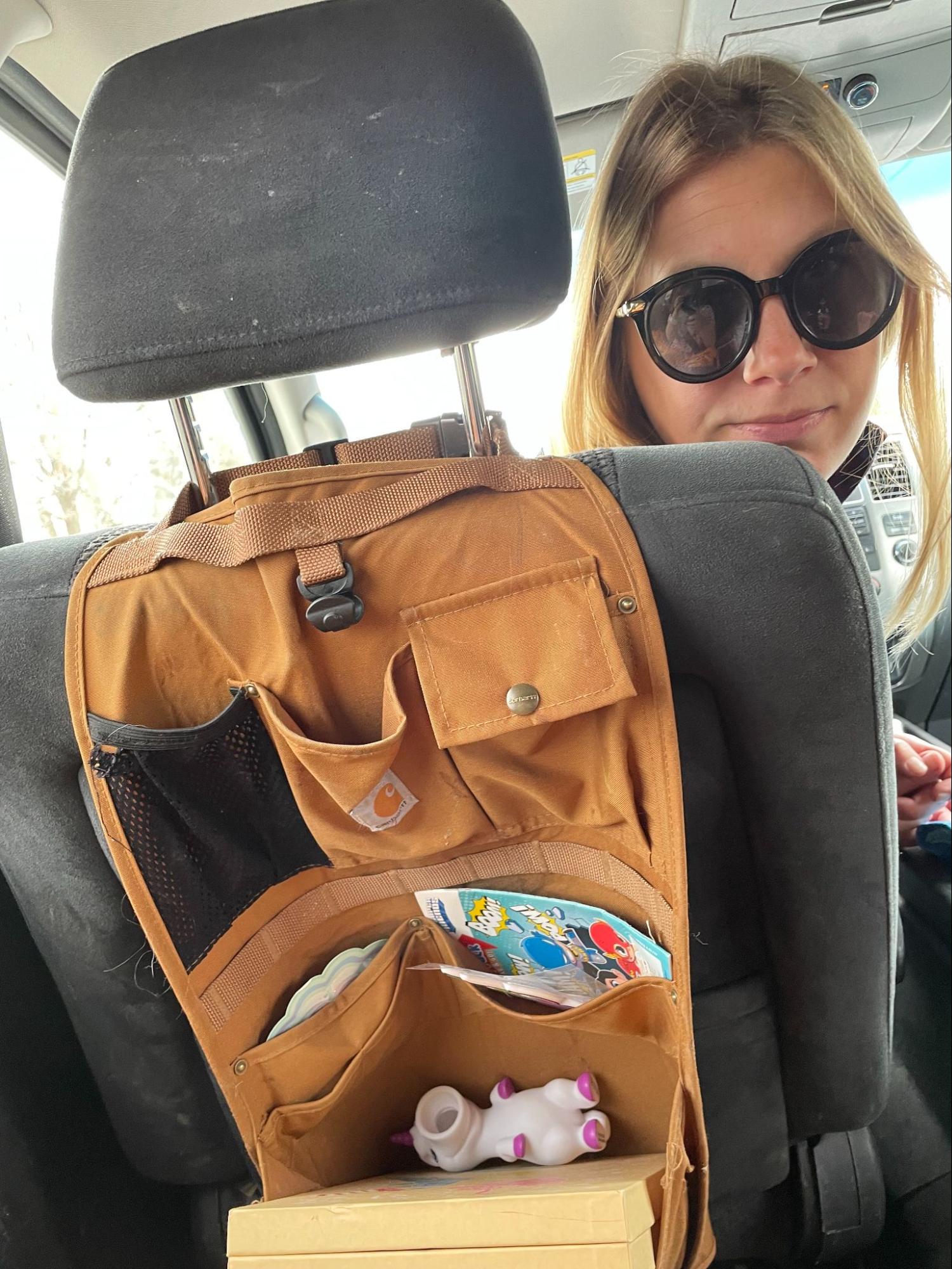Pre-Implementation Plan and Design Checklist

If you’re a new Workday customer staring down the nose of a Phase 1 Implementation, you’re feeling many things: excitement, pressure, and a sense of running while standing still. And possibly even screaming! But it’s going to be fine, we’ve got your back! If you’re anything like the client I recently had a conversation with, you’re wondering what else you can do right now to get your project off the ground and on the right track. Completing some pre-work now will help spread out future project tasks and reduce the workload.
In this blog, I’ll share some tips that are best executed as soon as possible. There will come a critical point in the project where each of these recommendations will become deliverables!
Plan: Focusing the Focus
- Introduce your project to your third-party vendors via email. In that same communication, ask them for all file specifications. The Integrations workstream is often delayed once the HCM and/or FDM teams have kicked off. But it doesn’t have to be like this! Advocate for moving up the integration timeline and kicking them off as soon as possible.
- Define your entire team with all of its branches and even your “To Be Determined” placeholders. Identify not just those on the immediate project team, but also individuals that have a vested interest or will experience or be part of a downstream system impact. Meet with them, tell them what’s happening, and explain their role.
- Set expectations with your immediate project team about what the project will look and feel like. Plan for their questions including, “How will I do my day job and complete the tasks of the implementation project?”. Start meeting with your project team weekly to keep the whole team on the same page.
- Understand the plan. Can you communicate the plan to someone else clearly? Take time now to ask questions and learn more about how the project will progress from stage to stage. Ask about the difference between Unit and End-to-End Testing. What are the key milestones and what happens if you don’t get there? It’s not always pleasant but ask about risk mitigation and issue resolution. What patterns do you see that often lead to pushing a timeline? How big of an impact would the worst case have on your business?
Design: When was the last time…
- You agreed on one thing? Most Workday services contracts include configuration of the default business process definition. This means that there will be one business process for each process for your business. This also means that the Catering department can have a specific approval in Change Job and the Compensation team can have a state-specific wage notice included in Onboarding. As early as possible in design, understand what business processes you’ll be asked to define and what requirements you’ll be asked to consolidate or create. Defining decision-makers and decision contributors is a proactive way to tackle the inevitable.
- You took a look at your data? Employee and organization data milestones will come up quickly; it’s best to take stock of the current data health. Is there anything missing? Are certain groups of workers outliers or exceptions? Do you have full data for demographic information on current employees? Auditing data now will give you time to make a data mitigation plan, including contacting Frank H. from the Salt Lake City office for his actual date of birth.
- You danced like no one was watching? This project is going to be an effort. Encourage your team (and yourself) to think about their wellness. Recommend that they plan time off around the project and its critical weeks. Understand and value your team’s work-life boundaries. And lastly, align the backup they need to do their jobs well. It’s often difficult for your HR and IT resources to do a great job at both the Workday project and their day job. Determine which roles are the most important for them to prioritize. Short-term Workday resources are available to add to project teams to help with the load.
- You were asked to document how special your business is? As the empowered Workday client, you are responsible for testing and thinking up great test scenarios to test the boundaries of configuration in our tenant. The quality of your production tenant correlates to how much time your team spends defining details scenarios. It’s never too early to start dreaming up your scenarios. If you need help getting started, Kognitiv is happy to partner with you. Someday there will be a 29 scheduled weekly hour intern rehired in Quebec. The goal is to ‘break’ Workday by breaking down the fuzzy and unknown. Automation is great, but hands-on testing is how a client team learns how to use Workday for themselves.
Getting these items started or completed may seem too big or daunting for the present moment. But now is the best time to begin! If you need some inspiration or want to talk through any of these items in greater detail, Kognitiv’s team of implementation experts and project managers are available to help. Contact us at info@kognitivinc.com.




